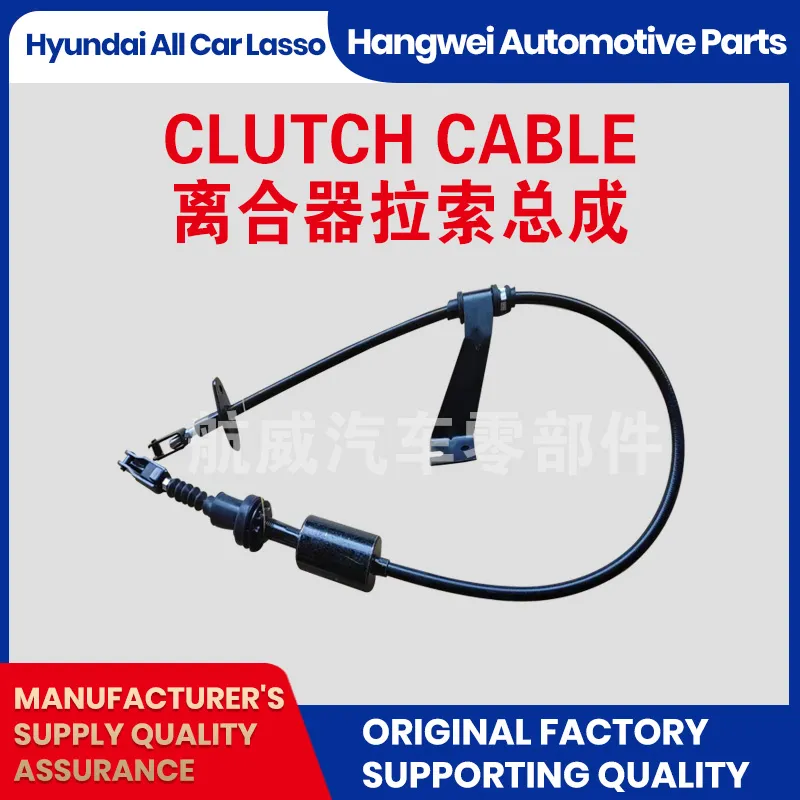throttle and clutch
Understanding Throttle and Clutch Essentials for Smooth Driving
In the world of driving, especially with manual transmission vehicles, two essential components that every driver should understand are the throttle and the clutch. While both play crucial roles in controlling the vehicle's performance, they work in distinctly different ways, each contributing to the overall driving experience and efficiency.
The Throttle
The throttle is a mechanism that controls the engine's power output. When you press the accelerator pedal, you are essentially opening the throttle, allowing more air and fuel mixture into the engine, which increases combustion and, consequently, power. This power is what propels the car forward. In a fuel-injected engine, the throttle is typically controlled electronically, offering more precision in regulating power delivery based on driving demands.
Understanding how to use the throttle effectively is vital for smooth driving. For instance, accelerating gradually is essential in maintaining control over the vehicle, especially on slippery surfaces. Sudden acceleration can lead to loss of traction, causing the wheels to spin, which is particularly unsafe in adverse weather conditions. Moreover, a well-controlled throttle response is crucial during overtaking or merging into traffic, ensuring you have sufficient power available while maintaining vehicle stability.
The Clutch
throttle and clutch

On the other hand, the clutch is a mechanical device that disengages the engine from the wheels, allowing the driver to change gears. When you press the clutch pedal, it separates the engine from the transmission, enabling a smooth shift between gears. This is particularly important in manual vehicles where gear changes are frequent and vital for optimizing engine performance and fuel efficiency.
One of the most critical aspects of using the clutch is mastering the art of rev-matching. This technique involves synchronizing the engine's RPM with the wheels' speed when downshifting. By doing this, drivers can ensure a smoother transition between gears, minimizing the chances of jerking or stalling. Additionally, understanding the bite point of the clutch, where the vehicle begins to move as you release the pedal, is crucial for driving in stop-and-go traffic or on inclines.
The Dance of Throttle and Clutch
The interaction between the throttle and the clutch defines the essence of driving a manual transmission vehicle. For instance, when starting on an incline, the driver must carefully modulate the throttle while gradually releasing the clutch. This coordination prevents the vehicle from rolling backward and allows for a smooth ascent.
In conclusion, mastering the throttle and the clutch is essential for any driver interested in manual transmission vehicles. A deep understanding of these components not only enhances driving skills but also contributes to road safety and vehicle performance. With practice, drivers can perfect their technique, leading to a more enjoyable and efficient driving experience. Whether you are a novice or an experienced driver, taking the time to learn how to balance these two critical factors will ultimately make you a more competent and confident driver on the road.
-
Upgrade Your Vehicle with High-Quality Handbrake CablesNewsNov.01,2024
-
Optimize Your Bike's Performance with Quality CablesNewsNov.01,2024
-
Enhance Your Vehicle's Performance with Quality Clutch ComponentsNewsNov.01,2024
-
Elevate Your Vehicle's Performance with Quality Throttle CablesNewsNov.01,2024
-
Elevate Your Vehicle's Performance with Quality CablesNewsNov.01,2024
-
Affordable Solutions for Your Cable NeedsNewsNov.01,2024
